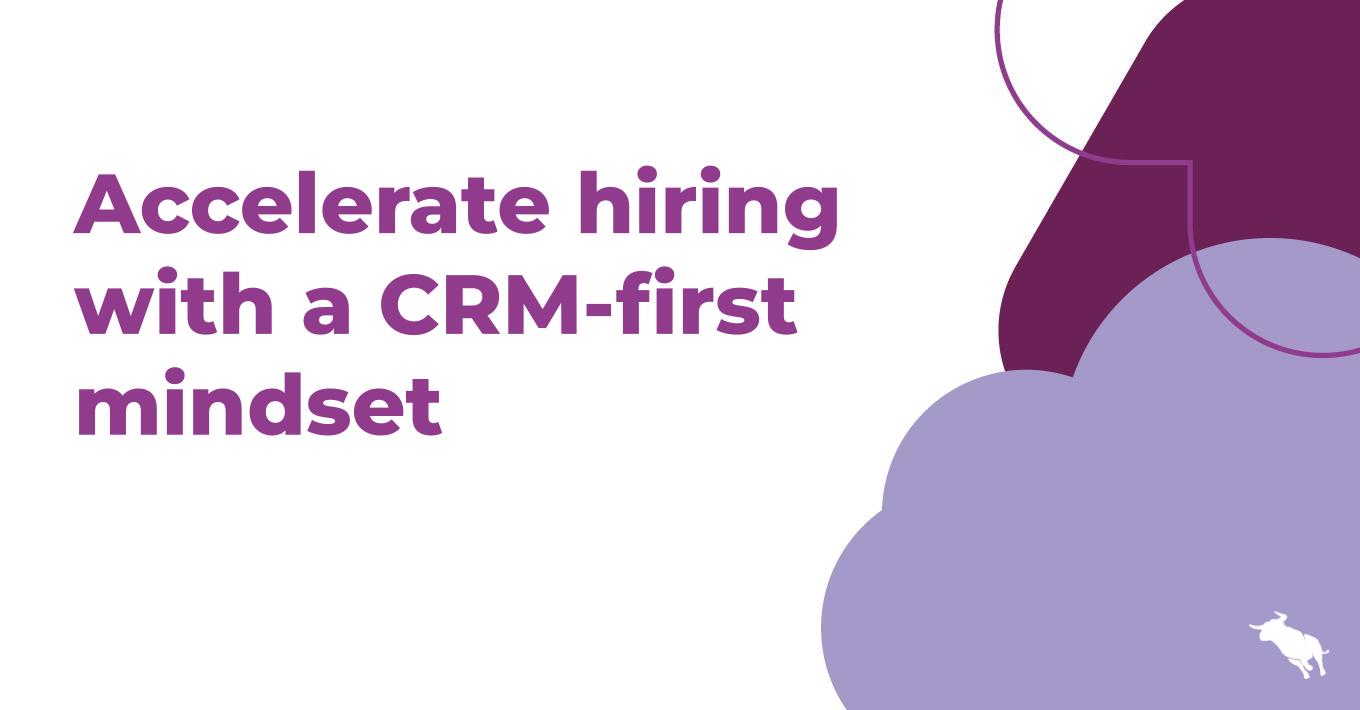Practical Marketing Strategies Enabled by CRM Data

In my last two blog posts, (Changing Expectations Shift Traditional Marketing Strategies and Advanced Digital Marketing Enabled by CRM Data), I discussed how there has been a shift in traditional marketing strategies to meet elevated customer expectations and how some forward-thinking marketers are using their CRM data to more effectively reach their audiences. In the third installment of this multi-blog series, I will address some practical digital strategies that you, as a marketer, can use once your CRM data has been activated. Implementing these strategies will allow you to deliver personalized experiences to existing customers and more successfully prospect new customers.
Over the past decade, the marketing and advertising industries have become far more scientific and data-driven. The volume of marketing and advertising technology firms has been on the rise to support the demand for better targeting, personalization, and measurement of marketing effectiveness using available data. When leveraging CRM data, there are many strategies that can be employed through partnerships with the many marketing and advertising technology vendors in the industry. Here are a few of your options:
1. CRM Remarketing
One of the most common uses for CRM data is remarketing, also commonly referred to as retargeting. This is a method for reaching contacts who have previously interacted with your brand, whether online through a website or offline at a brick and mortar store or company branch. In today’s world, marketers must be available to their customers wherever they choose to interact, and they must be able to present a consistent and relevant message that aligns with the customer’s expectations.
CRM remarketing provides marketers the opportunity to re-engage with customers who have become dormant. This can be done through a variety of digital channels such as online display, video, mobile, and social marketing. Marketers can create multi-channel strategies that are better positioned for their targets, combining internal contact data with the data collected from a third party to get a clearer picture of their customers’ interests, behaviors, and lifestyles.
2. Dynamic Ad Personalization
Have you ever had the feeling that you are being followed around the Internet by that pair of shoes that you really wanted but did not buy? That regardless of what website you visit, they just so happen to appear there as well? This is a great example of how companies are using remarketing. Not only is this remarketing, but your ad has also been dynamically personalized for you specifically.
While dynamic ad personalization is most commonly used in business-to-consumer (B2C) marketing, it can also be used in business-to-business (B2B) contexts using CRM. Rich B2B CRM data can have information such as what software the company may own, what usage looks like on an individual user level, and what else that company may be interested in purchasing. With dynamic ad personalization, marketers can leverage a single ad template with a little bit of code to make it dynamically relevant to a specific individual based on that person’s behaviors, patterns, and purchase history.
3. Look-Alike Modeling for Enhanced Prospecting
The best way to figure out who your next customer will be is looking at your current customers. Marketers can partner with technology vendors to not only reach the current customers in their CRM file, but also to leverage advanced algorithms in order to understand their behaviors. Interpreting the behavior of current customers can allow marketers to identify new prospects that have a higher propensity to convert into customers. When using CRM data strategically, algorithms will reveal the ideal prospect profile and continue to refine these profiles over time. When used for digital advertising, each ad impression to a modeled prospect has a greater likelihood of making an impact.
Stay tuned for my next and final blog in this series, in which I’ll explore a few ways that marketers can measure the effectiveness and true impact of advanced digital marketing strategies.




